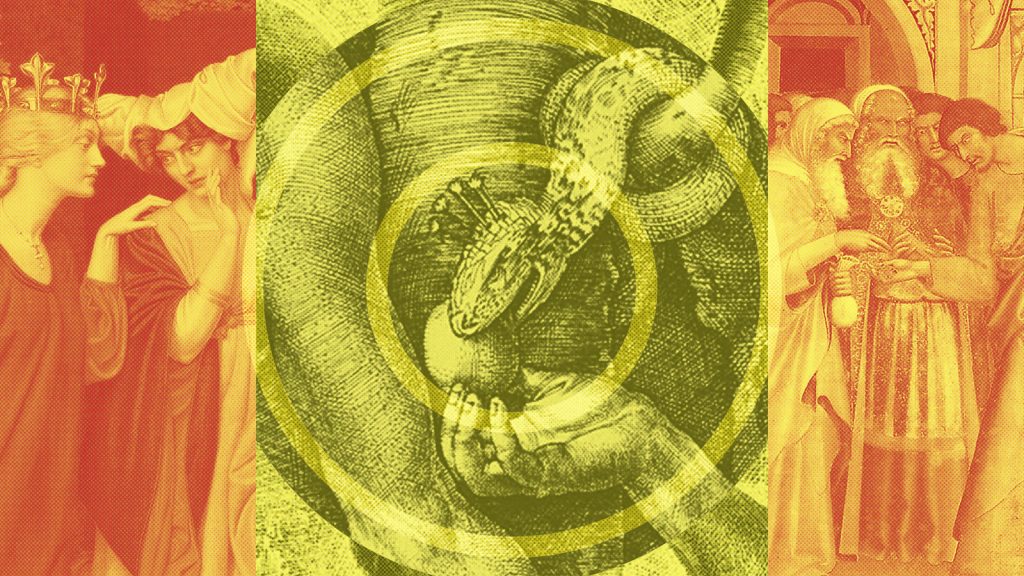Covert Acts, Hidden Influences
In most instances, the person suffering extreme fear does not openly attack those they fear. They avoid a direct assault. Rather, they covertly counter the perceived threat, disguising their destructive acts. While avoiding direct confrontation, they sow chaos and then take advantage of the confusion.
In many instances the destructive influence driving the conflict is not even in the mediation session. Instead, they lurk “offstage”—an unrecognized hidden influence. For this reason, disputants frequently fail to recognize the true source of their conflict. They fail to summon the hidden influence to the mediation.
Wrong Target
Because the provocateur operates covertly, a disputant will likely attack a wrong target. The conflict targets someone other than the true instigator.
Quite often, during assessment, mediators discover that a chronically upset and angry person has been directing their upset and animosity in the wrong direction. Once the conflict drivers are unpacked, the disputant realizes they have been fighting the wrong opponent.
It often turns out that mediation participants are the victims of a hidden destructive influence that actively foments chaos, hate, and conflict. The hidden influence, operating from the shadows, escapes notice when others are embroiled in turmoil and the heat of conflict.
Discovery
A skilled mediator helps participants realize their fight is not what it seems. Almost magically, when disputants discover the true source of their conflict, the dispute dissipates. Negative emotions vanish dramatically, replaced with relief and joy. Mystery evaporates.
Playing Detective
Reconcilers take on a detective role, resembling the TV sleuth Columbo. They uncover hidden elements of the conflict using in-depth “reality checks” or assessments. They expose wrong targets, reveal hidden influences, and uncover covert attacks.
As you study conflict resolution, you will want to practice conducting assessments that surface the underlying fears prompting destructive impulses.
You will want to learn to listen closely to upset, angry, or antagonistic people. In the ad hoc laboratory of daily life, learn to discern the fear factors driving the heated emotions of people you encounter. Try to identify fears that dominate their perceptions, actions, and beliefs.
Eventually, you will want to graduate to the even more difficult task of unearthing the deeply hidden fears that drive the cool and collected, emotionless psychopath.
The psychopath seems nonplussed, but his environment is rife with conflict, with destruction and human suffering. A psychopath seems unable to truly understand the suffering of others. They use mimicry to appear normal when they are anything but normal. This is the person suffering existential fear so great that they must hide behind a mask and undermine every person that even seems to pose a threat.
Over months and years you will want to develop conversational techniques that surface the destructive hidden influences that most often drive conflict and human suffering.
